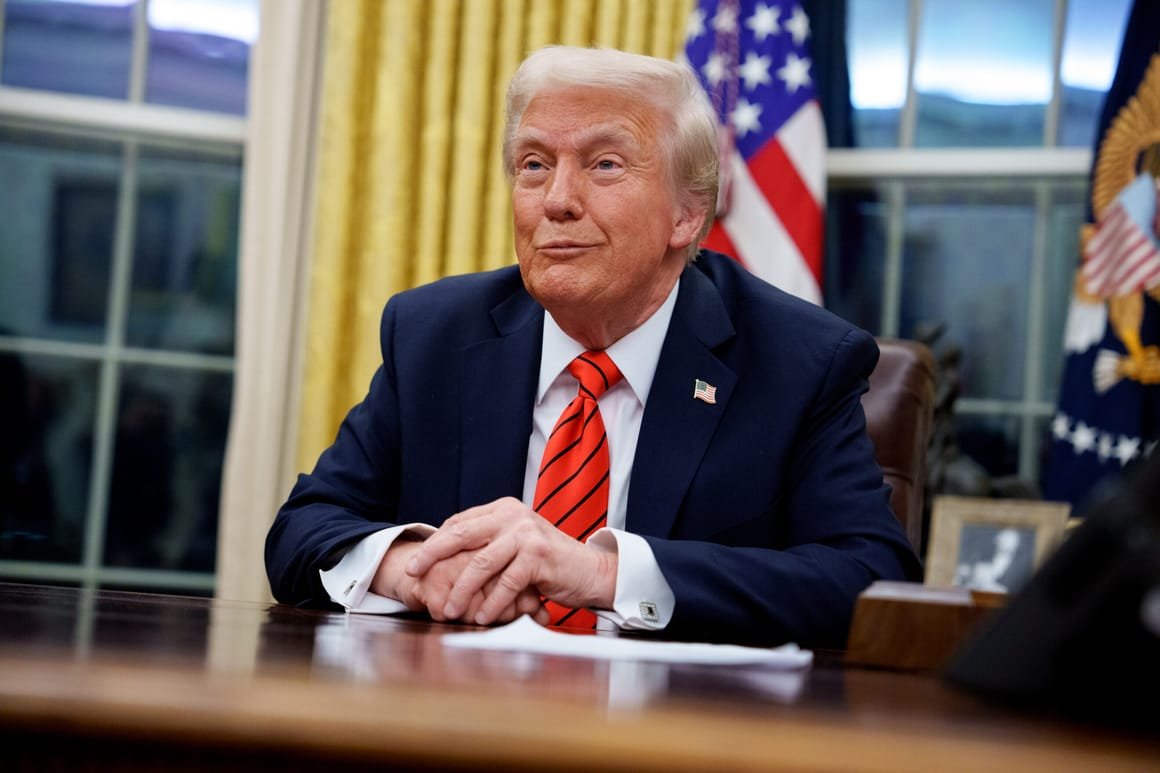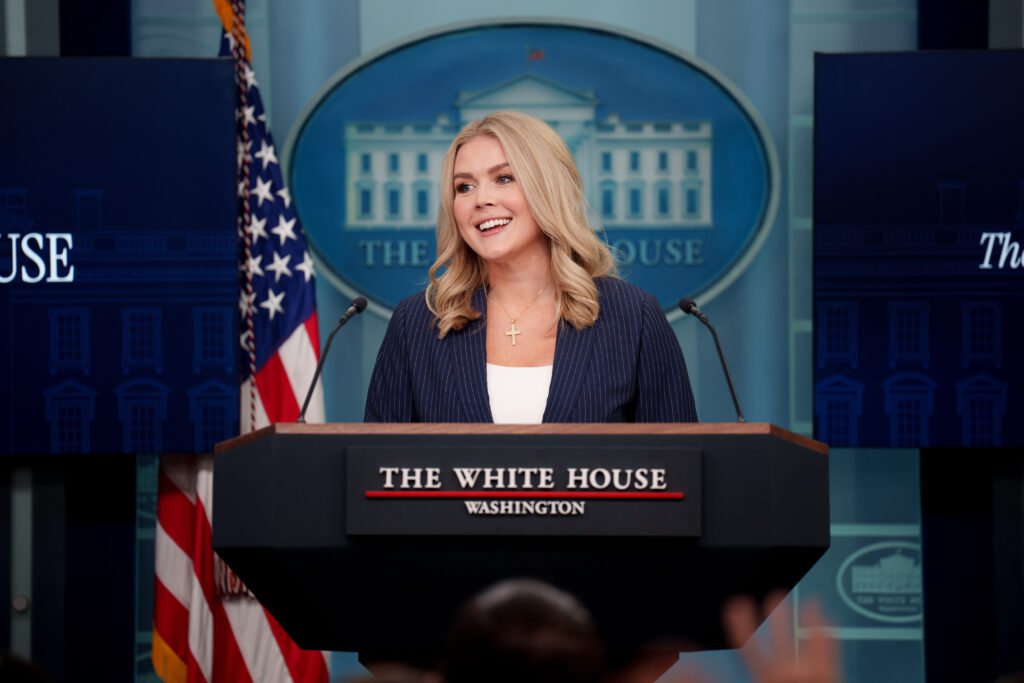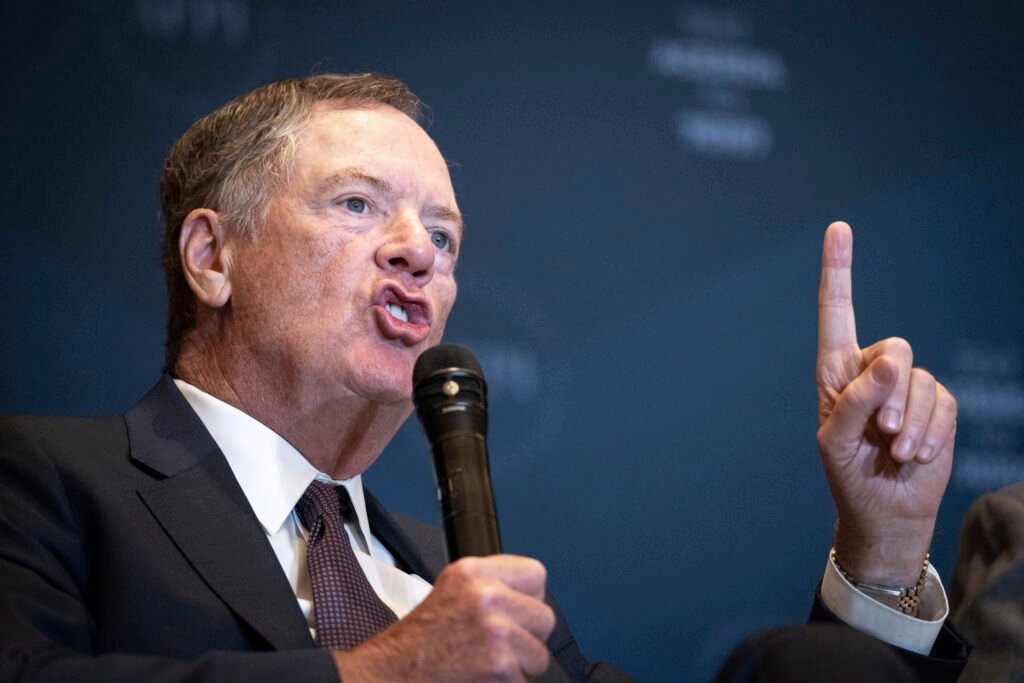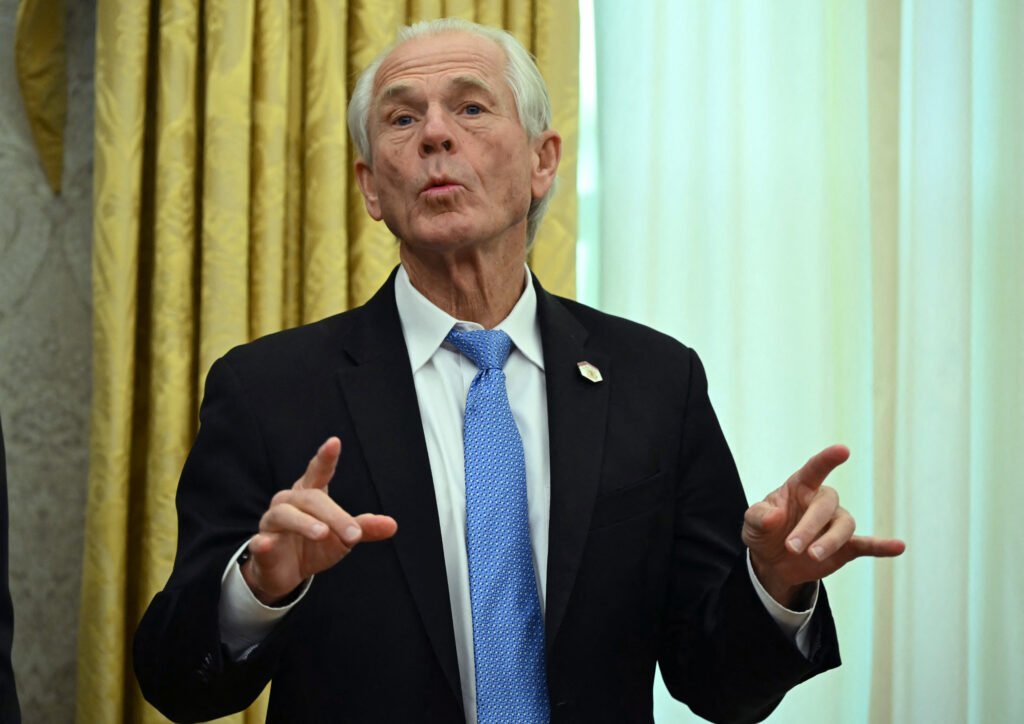President Donald Trump is expected to sign a reciprocal tariff executive order Thursday.

President Donald Trump could go after “value-added tax” schemes used throughout Europe as he ramps up tariffs threats against the rest of the world.
Such an approach would vastly expand the definition of what is considered a trade barrier, with consequences for U.S. trade relations far beyond Europe. According to the Paris-based Organization for Economic Cooperation and Development, over 170 countries now have a VAT, making it a major source of revenue for governments worldwide.
Other major U.S. trading partners with a VAT include China, India, Canada, Mexico and countries throughout Latin America, Africa and Asia.
Economists who spoke to POLITICO argue that the idea makes little sense — despite White House assertions that the European tax systems unfairly discriminate against American companies — because VATs are a tax on what consumers buy that treats products equally, regardless of where they are made.
“VAT is neutral with respect to trade,” said Erica York, vice president at the Tax Foundation, a policy group. “If you are a person who operates under this ideology where exports are good and imports are bad, a foreign VAT seems like it is discriminatory. But that ignores all the economic effects that VAT has.”
Value-added taxes treat domestic and foreign goods the same, unlike a tariff that blatantly discriminates against imports, explained Kimberly Clausing, an economist and former Biden administration Treasury official who is now a professor of tax law and policy at UCLA.
Governments who have a VAT are “trying to tax all consumption in their economy, regardless of where it comes from. So because they’re taxing the domestic firms, they also have to tax the imports,” she said.
Trump has told reporters he plans to move forward this week with a new “reciprocal” tariff scheme, where the United States presumably would match the tariffs imposed by every other country on U.S. exports. And they’ve suggested that they would consider countries’ VATs as tariffs for those purposes.
White House press secretary Karoline Leavitt told reporters on Wednesday that she believed the announcement on the new reciprocal tariffs would come before Trump meets with Indian Prime Minister Narendra Modi at the White House on Thursday.
“It’s very simple logic as to why the president wants to impose reciprocal tariffs,” Leavitt said. “It’s the golden rule, which we all learned when we were growing up in school. Treat others the way you want to be treated, and far too many nations around this world have been ripping off the United States of America for far too long.”
A few hours later, Trump also indicated he would be signing the reciprocal tariff executive order on Thursday, although he joked to reporters he might do it Wednesday evening instead. The White House did not respond Wednesday to a request for comment on the economists’ criticism of treating VATs like a trade barrier.

The administration’s VAT rhetoric: The president has kept trade experts guessing over the precise details of his reciprocal tariff plans, but White House deputy chief of staff Stephen Miller hinted over the weekend at the possibility that it could consider non-tariff measures, such as European VATs and European digital services taxes.
“Other nations all around the world use the VAT to get an unfair trade advantage against the United States,” Miller said in an interview on Fox News, where he asserted that American cars shipped to Europe are taxed at 30 percent because of a combination of the VAT and a 10 percent tariff. That compares unfairly to the 2.5 percent U.S. tariff on German and other European cars, he said.
“This is a major reason why the U.S. auto industry has been getting hammered and hemorrhaging jobs for so long,” Miller said. “It is massively unfair treatment, and the president is making clear that we are going to pursue a policy of reciprocity.”
White House trade counselor Peter Navarro, in an interview Tuesday on CNN, confirmed that the reciprocal tariff plan would go after both tariff and non-tariff barriers.
But he also suggested that Trump could only start the process this week, rather than immediately implement a reciprocal tariff scheme.
Trump’s top economic advisers — Treasury Secretary Scott Bessent, Commerce Secretary nominee Howard Lutnick and U.S. Trade Representative nominee Jamieson Greer — are “going to study the landscape,” Navarro said.

“We’re going to look at all of our trading partners, starting with the ones which we run the biggest deficits with, find out if they’re cheating the American people, and if they are, we’re going to take measures to correct that wrong,” he said.
Robert Lighthizer, who was U.S. trade representative in Trump’s first term, also railed against European value-added taxes in his 2023 book, “No Trade is Free.”
“A machine that an American company could sell at home for $100 would sell for $125 in France” because of the VAT, Lighthizer wrote. “A machine that a French company could sell at home for $100 could sell in the United States for $75” because of VAT rebates that European companies receive, he added.
How VATs work: However, both Miller and Lighthizer are misrepresenting how VATs work, York said. They are actually a tax on domestic consumption, collected incrementally at each stage of the production process, rather than a tax on imports.
They are the equivalent of a sales tax system, but the tax is imposed on every transaction in the value chain instead of just when a good is purchased at the retail level. Producers receive a credit for taxes paid at a lower level, but the final person who buys the item essentially ends up paying the full tax on the value of the good, York said.

It’s like a consumer in York’s home state of Kansas paying a sales tax on a product they buy. The Kansas consumer pays the same sales tax regardless of whether the product was made in Kansas or nearby Missouri, she said.
And if a Kansas company sells a good to a customer in Missouri, that person would not have to pay the Kansas sales tax because the consumption is happening in Missouri, York said.
Under Germany’s VAT system, the government collects “a little bit of money at each stage of production, and they’re collecting it from the German manufacturers and the dealerships and the customers,” said Ed Gresser, vice president at the Progressive Policy Institute, a Democratic think tank.
“In the same way, if you’re buying a European-made car here in Maryland or Virginia, you will pay a sales tax on it, just like if the car is made in the United States,” he said.
Implementing reciprocal tariffs: Gresser, an economist who formerly worked for the Office of the U.S. Trade Representative and the Senate Finance Committee, also criticized Trump’s plan to impose a reciprocal tariff system that matches tariffs imposed by other countries.
Taken to the extreme, the number of product lines in the U.S. tariff code could explode from around 11,400 now to about 2 million, making it very difficult for customs officials to administer, Gresser said.
That’s because each of the world’s nearly 200 countries has a unique tariff system that has developed over the years. Many include products that are not in the U.S. tariff system, involving the creation of new U.S. tariff lines if Trump’s idea is taken literally.

Although Trump complains that other countries have generally higher tariffs, the difference between average tariffs rates in the United States and other developed countries is not that great, Gresser said.
They are wider between the United States and some big developing countries like India and Brazil. But it’s also true that some foreign tariff levels are lower than U.S. rates.
“Japan has a zero tariff on automobiles,” compared to the 2.5 percent U.S. tariff on cars and 25 percent U.S. tariff on trucks, Gresser said. “Is the idea that we need to cut U.S. tariffs if we’re going to be reciprocal? Or is the idea that all of the U.S. tariffs that are lower should go up, but none of the higher tariffs should go down?”

Even if Trump’s plan matches both the high and low tariffs imposed by every other country, “it doesn’t make economic sense,” York added. “It’s almost like saying, ‘Hey, we’re just gonna outsource our tariff system to reflect whatever other countries do’.”
Economists broadly agree higher tariffs encourage less efficient production and raise costs for consumers. So if India has a higher tariff on motorcycles — an example that Trump likes to cite — the United States would be “dumb” to follow New Delhi’s example and raise its own motorcycle tariffs, Clausing said.
“If you look back in U.S. history, when the U.S. economy was strongest relative to those in the rest of the world, we often had far lower tariffs,” Clausing said, referring to the period between World War II and the end of the 20th century.


